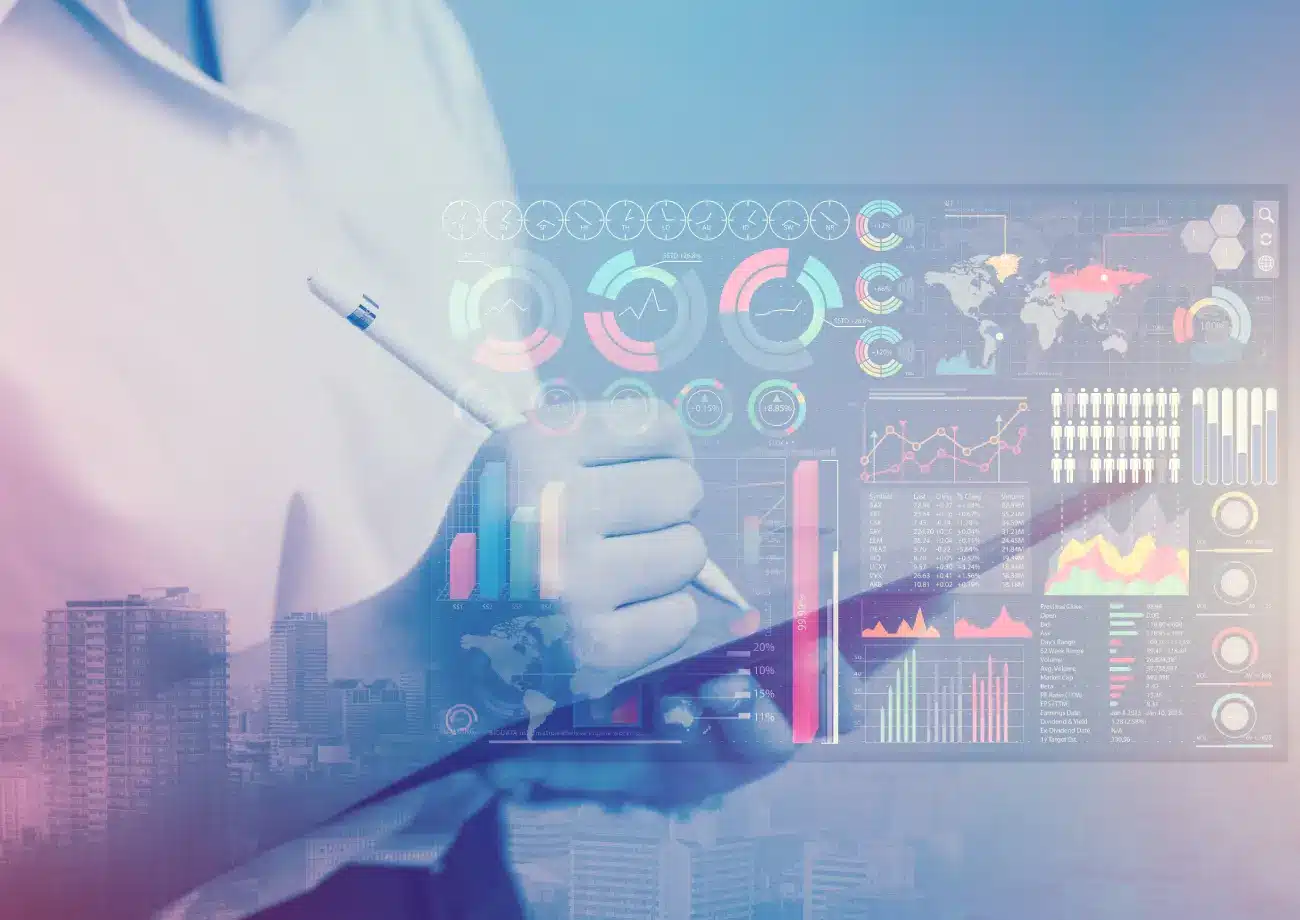5 benefits of using recommender engines in retail banking
In today's digital-first world, retail banking is not only about transactions anymore — it's about delivering frictionless, personalized experiences. With…
Read more10. 04. 2018.

Some of the main tasks for the bankers are, among others, keeping, preserving, deriving more from less, taking the best out of what the clients deposit to them, with great confidence and trust. Almost the same definition could be applied to the Data Scientists dealing with the big data. They also deal with keeping, preserving, deriving more conclusions from a little information, getting the best out of the existing databases which they handle with great care and confidentiality. It is maybe because of this similarity in definitions, or maybe because of the fact that the databases in the banks are an ideal example on which the detailed analysis could be performed and the conclusions can be used to benefit both clients and banks that the financial industry is among the top users of Data Scientists services, according to the credible surveys.
One of the leading banks in the Serbian market, Banca Intesa has a client base of around 1.5 million. For Banca Intesa COO Aleksandar Stojadinovic, it is obvious that those databases should be treated as an important asset. When used properly, it could bring notable benefits for both clients and the companies.
As a part of the worldwide group whose headquarters is in Italy, Stojadinovic says that the use of big data in Serbia has never been closer to the world trends. “In the world of globalization, we have at our disposal all tools that are available to the most powerful companies in the world. The only thing that limits us is the lack of talents and specialists, as well as the size of the market and average living standards of the population.”
Banca Intesa decided to make a combination of their strong internal team and the experts of Things Solver in order to start a joint search for the solutions that can be applied right away.
Stojadinovic describes the cooperation of data scientists and banking experts as an explosion of energy and ideas. “On one hand, we have Data Science experts. On the other, we have very experienced experts in banking, and they thoroughly know every issue we are trying to solve.” The last issue the team tackled was how to improve the user experience in the social networks. Findings on clients, their desires and needs in the communication with the bank, services they find important and the ways how they found them – it is all already in the big databases. The answers just need to be properly derived.
Intesa’s COO describes the process of looking for the answers with sports vocabulary. “We start from the long-term vision and we try to follow this vision through short sprints that last 2 to 4 weeks, providing solutions for parts of the problem or improving the existing solutions.”
If we decide to stay within the sports vocabulary, it is important for the banks to remain loyal to the rules of fair-play, stay in the track of respecting rules, laws, and safety of the data. Intesa claims to be fully aware that the mutual trust is in the center of the profession. “There is an ethical, professional and legal limit – and that is good. On the other hand, it is clear that the limit is imposed only over the initiatives that can cause harm to the clients, while for everything else – the sky is the limit”, Stojadinovic concludes.
Because of the fact that there is no limit, the winner is the one that uses this ethically, professionally and legally limited space in a more creative and innovative way. “We use the data that we have to prevent frauds, to analyze and improve security, for risk assessment and analyzing the loan potential”, says Stojadinovic.
This is the way how the data that we willingly share, in the times when everybody is worried about how they are treated, is becoming our shield from frauds. This is how the data scientists and bankers get back to their original mission of preserving trust.
In today's digital-first world, retail banking is not only about transactions anymore — it's about delivering frictionless, personalized experiences. With…
Read more2025 promises to be a year when retail will finally see one of its biggest transformations. In fact, in one…
Read moreE-commerce is a space that is continuously in development, driven by ever-improving AI that allows for even more sophisticated and…
Read more